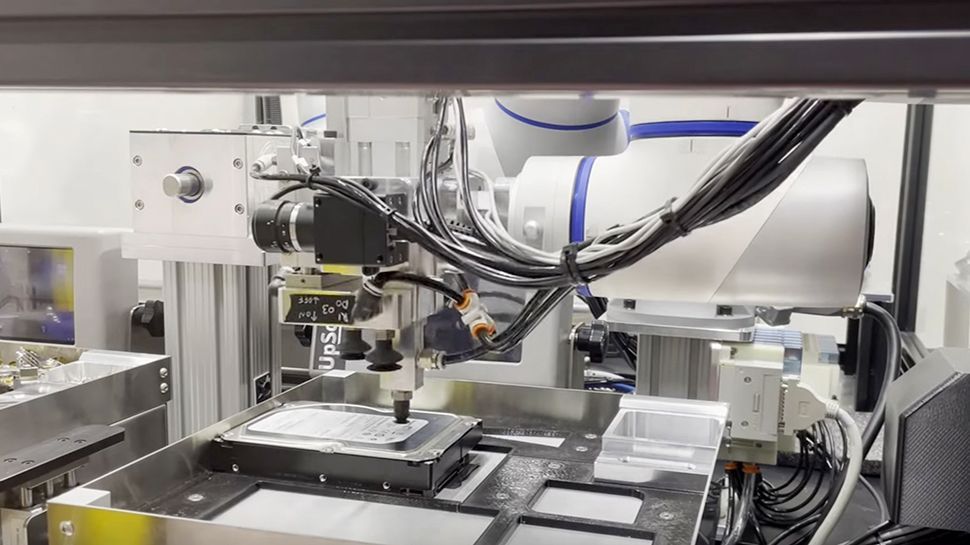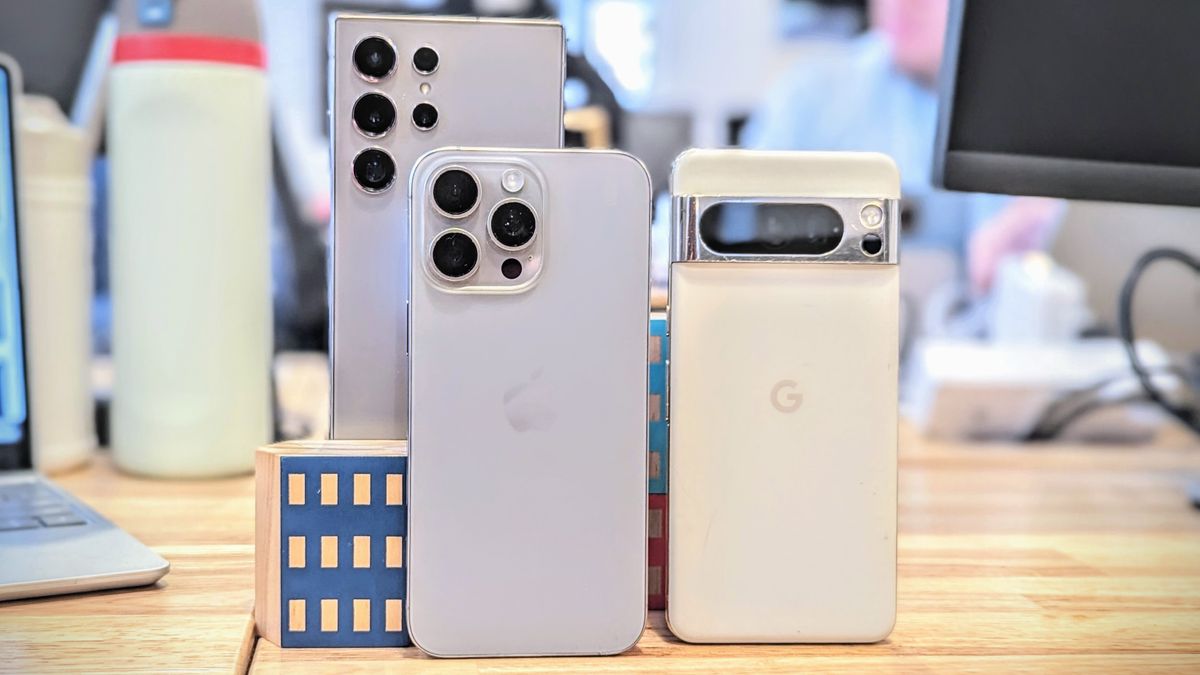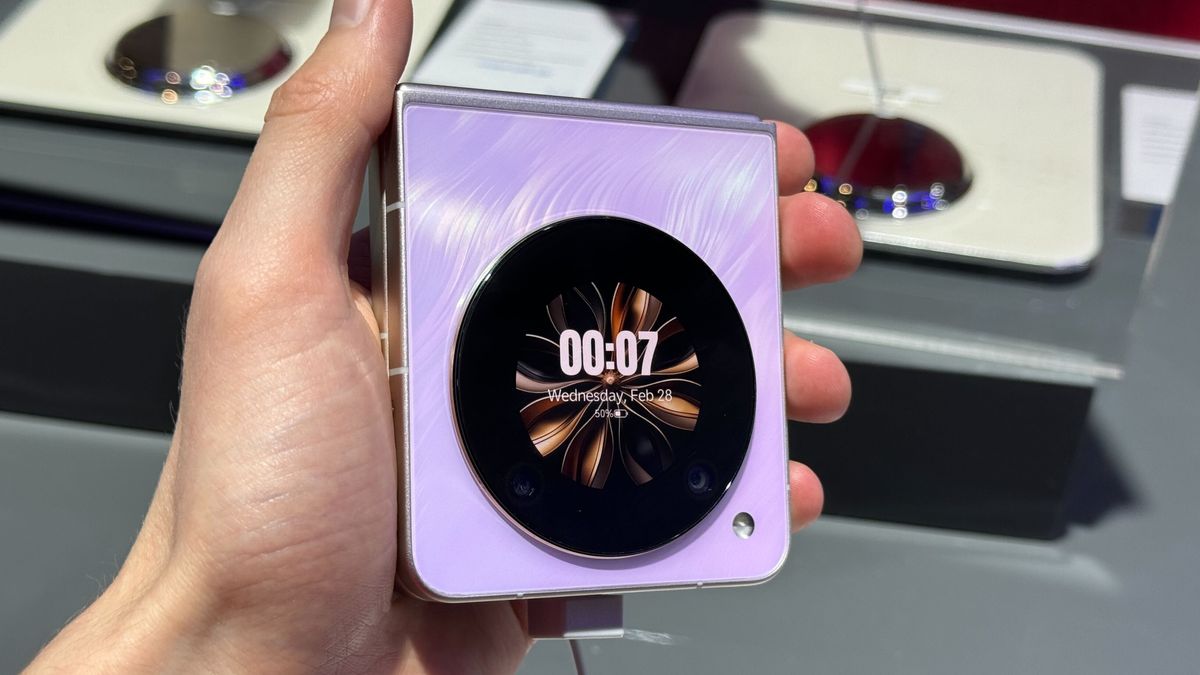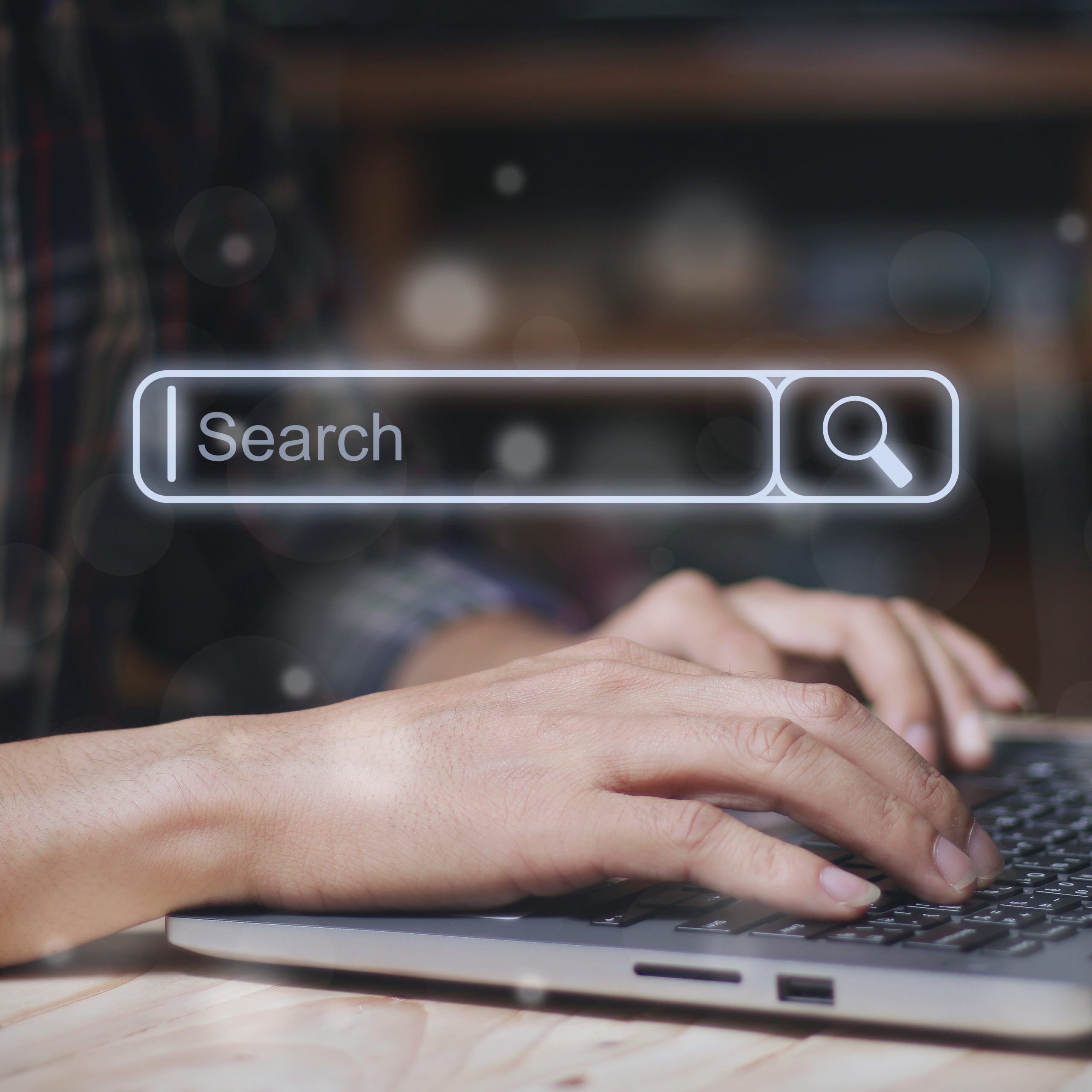In a bid to reduce electronic waste, Microsoft is employing AI-powered robots to speed up the disposal of old hard drives from data centers.
The initiative is part of the Secure and Sustainable Hard Drive Disposal project, which originated during the 2022 Microsoft Hackathon. Spearheaded by principal data scientist Ranganathan Srikanth, the project expands Microsoft’s Circular Hubs scheme, which is designed to reuse and recycle servers and related cloud hardware.
Circular centers are a key part of Microsoft’s broader environmental goals. In 2020, Microsoft President Brad Smith pledged to make the company carbon-negative by 2050 and zero waste by 2030.
#WithoutDestroying
Data centres, which house computing systems and essential components such as telecommunications and storage, contribute significantly to global electricity demand. In 2022, this accounted for approximately 1-1.3%, but thanks to AI, energy use is skyrocketing and is expected to at least double by 2026. As a result, pressure on local power grids is intensifying, and end-of-life data centres risk clogging landfills with e-waste.
Srikanth recognized the potential to address these growing problems through the Hackathon project. “If it were just one hard drive, it wouldn’t be an opportunity,” Srikanth noted. “However, in 2022 alone, two million hard drives were destroyed and that would fill the payload of up to nine 747s.”
Historically, hard drives that have reached the end of their useful life have been shredded to protect sensitive data, but this process also destroys valuable materials such as neodymium. Up to 70 million hard drives are destroyed each year, which represents a significant waste of rare metals.
The Hackathon team proposed a #NoShred solution, which prioritizes the dismantling of hard drives with robotics. “The process uses computer vision and robotics to disassemble the hard drive, sort it, and destroy the media containing the data. The materials are then recycled,” explained a Microsoft narrator in a new video that you can watch below. By dismantling the drives, robots ensure data security while preserving and recycling the components.
View in
Microsoft Circular Centers use machine learning to dismantle servers on-site, sort reusable parts, and improve the future sustainability of equipment. A successful pilot in Amsterdam demonstrated reduced downtime, increased parts availability, and lower carbon emissions, Microsoft says.
The Safe and Sustainable HDD Disposal Project aims to achieve a 90% reuse and recycling rate of all hard drives by 2025.








